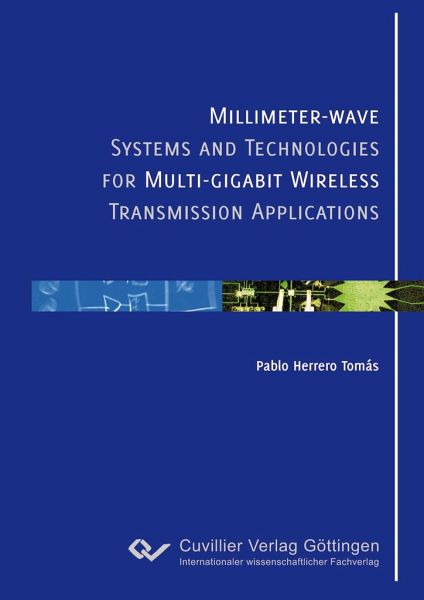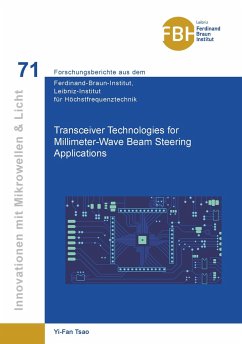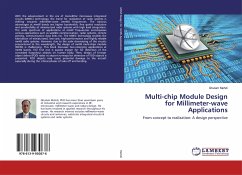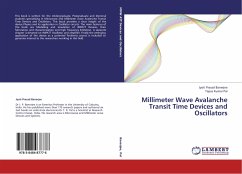
Millimeter-wave Systems and Technologies for Multi-gigabit Wireless Transmission Applications

PAYBACK Punkte
0 °P sammeln!
Increasing the carrier frequency is one of the most promising solutions to deliver gigabit data rates in wireless communication systems. Applications like kiosk downloading or wireless high definition video transmission will certainly demand up to 10 Gbps in a few years. As these are highly consumer oriented applications, a low-cost implementation of the system is mandatory, which can be achieved by using planar structures with standard fabrication processes. This research focuses on exploring the relevant technologies for this next generation of millimeter-wave systems capable of multi-gigabi...
Increasing the carrier frequency is one of the most promising solutions to deliver gigabit data rates in wireless communication systems. Applications like kiosk downloading or wireless high definition video transmission will certainly demand up to 10 Gbps in a few years. As these are highly consumer oriented applications, a low-cost implementation of the system is mandatory, which can be achieved by using planar structures with standard fabrication processes. This research focuses on exploring the relevant technologies for this next generation of millimeter-wave systems capable of multi-gigabit data rates. In millimeter-waves, interconnections play a key role: they are needed in antenna characterization and connection and system integration. Therefore, current and new interconnection structures for millimeter-waves are investigated. In particular, an efficient D band waveguide to microstrip transition for antenna measurement or interconnection is developed. An electromagnetic theory explaining its coupling mechanism is also presented. For multi-gigabit applications, very broad bandwidth antennas are needed. A planar antipodal dipole antenna for 122 GHz which features such broad bandwidth is discussed. Moreover, it was designed to be relatively insensitive to fabrication innacuracies. A transmission line model for the antenna is also presented. Several other antenna structures with different radiation patterns for a variety of applications are also addressed.













